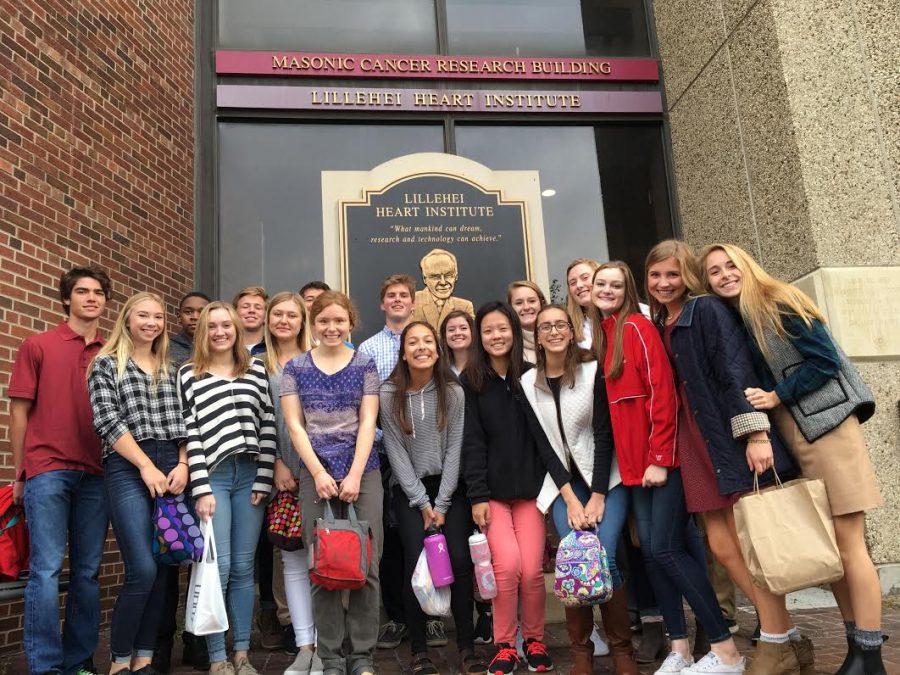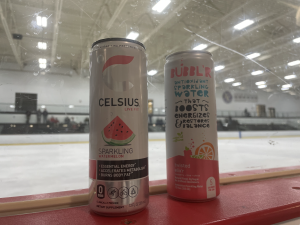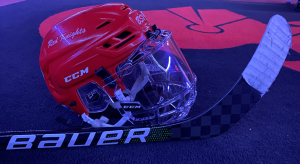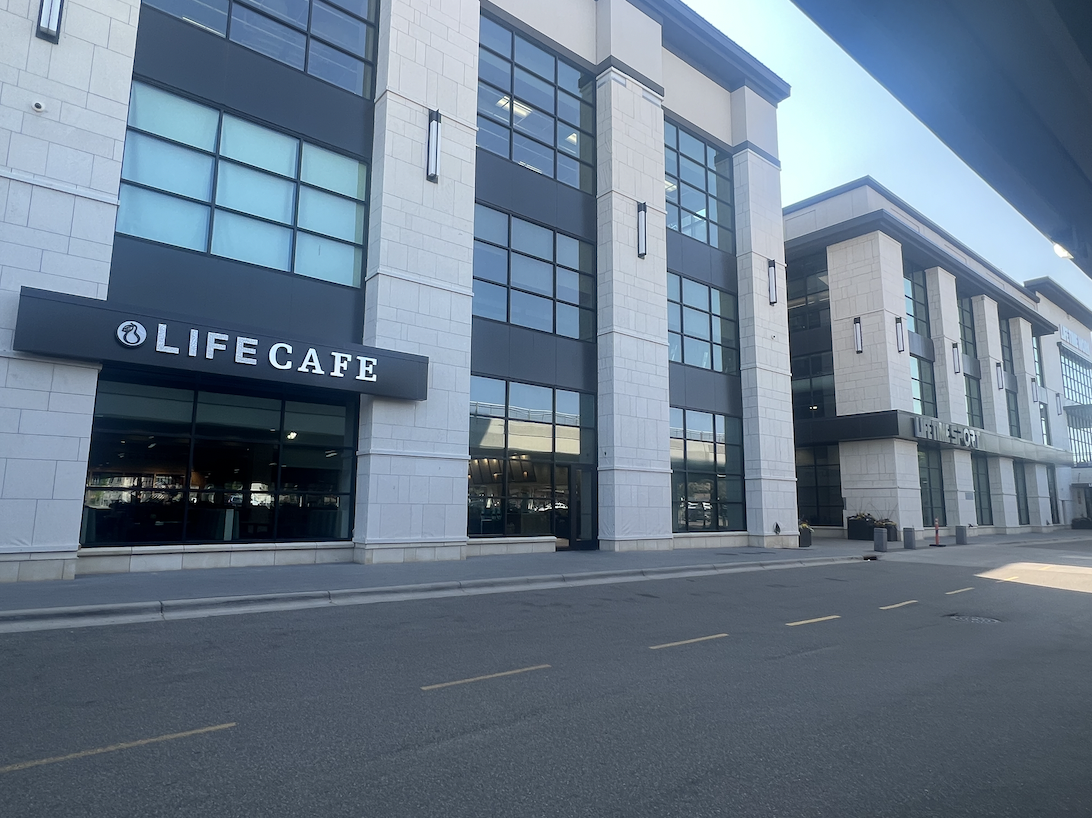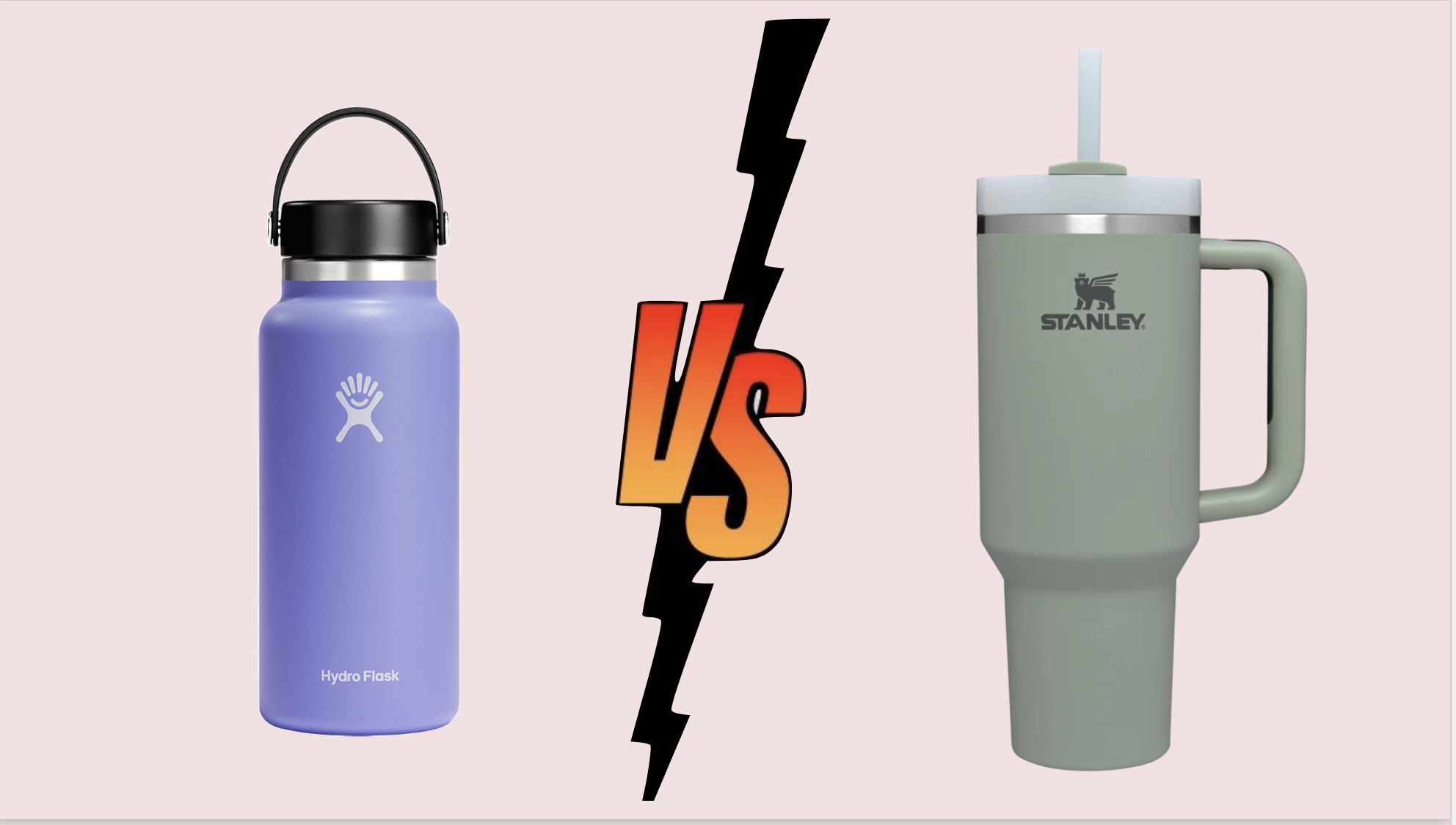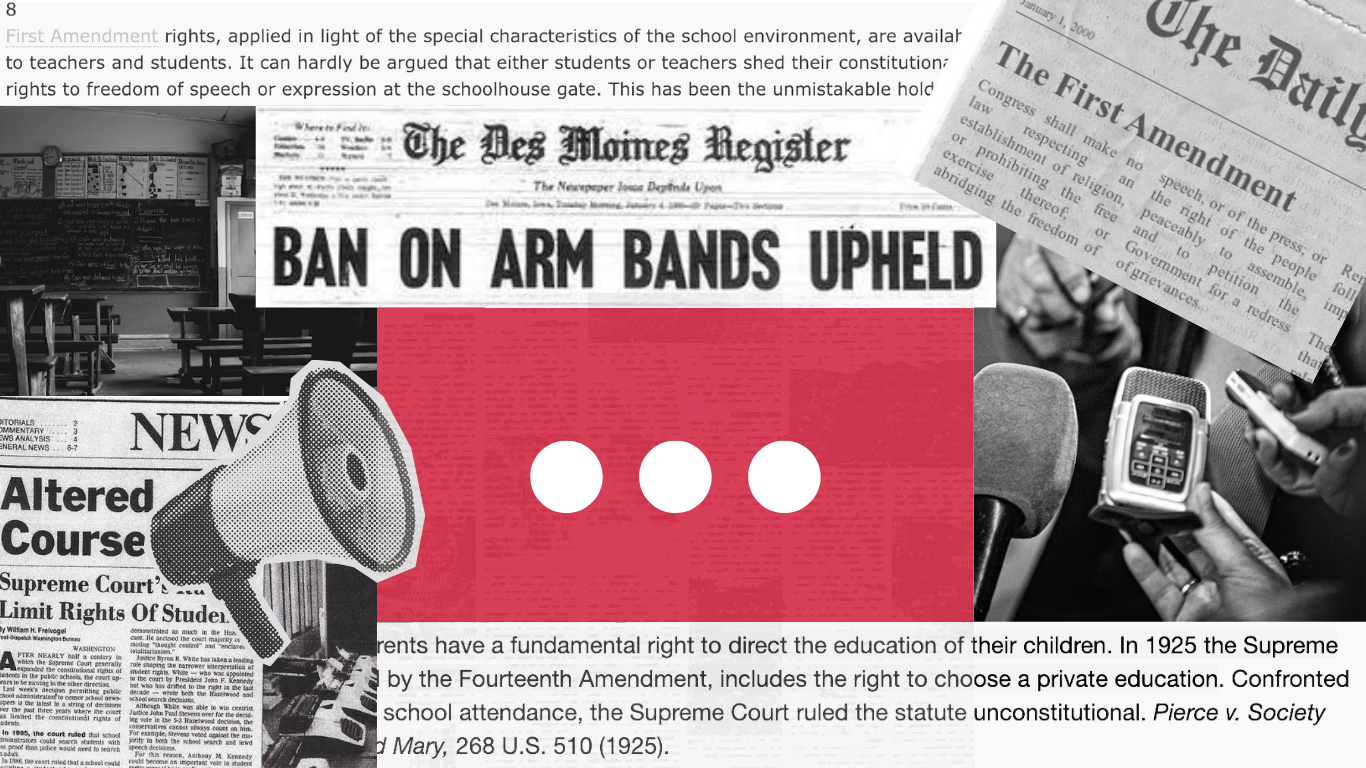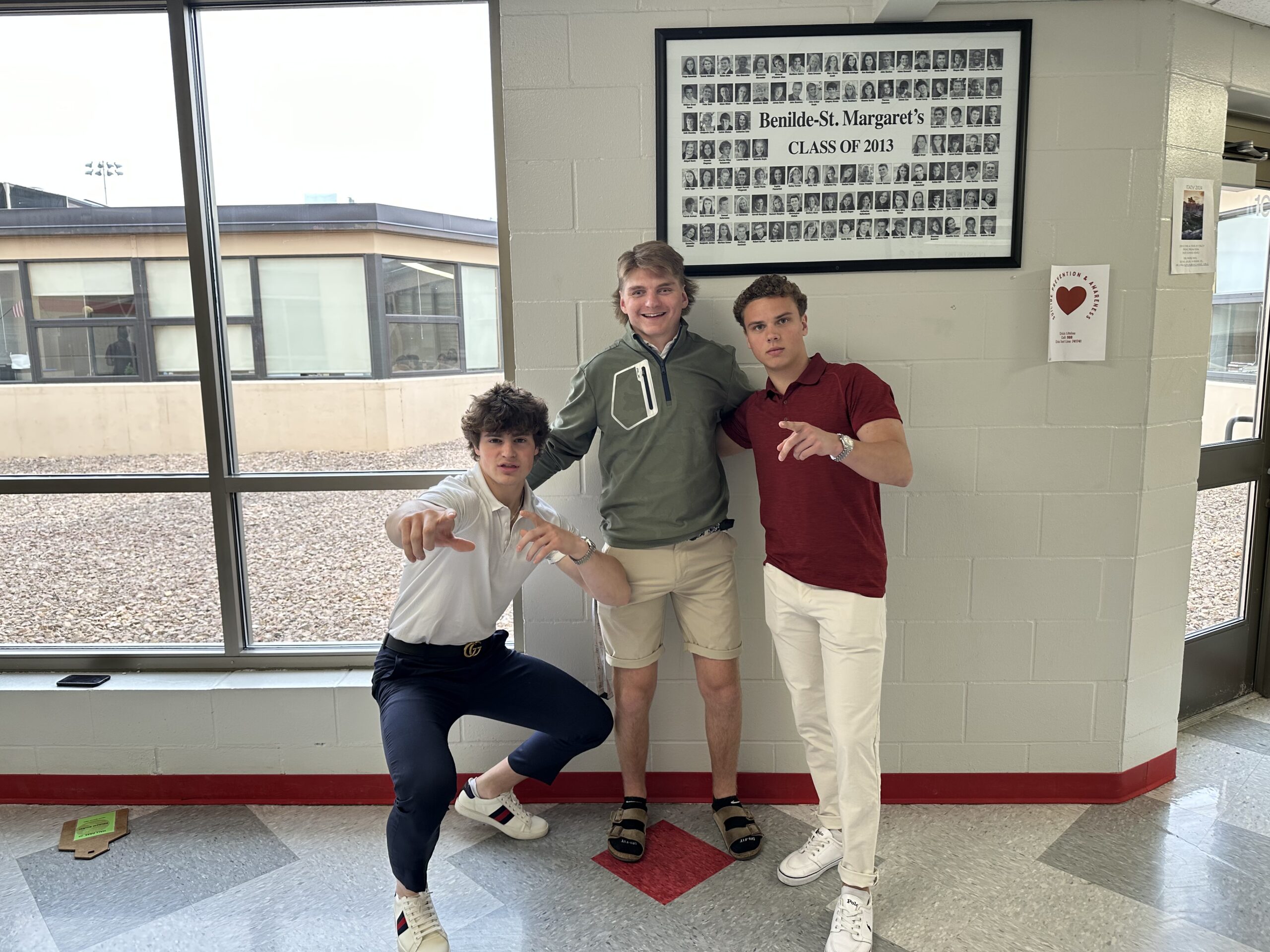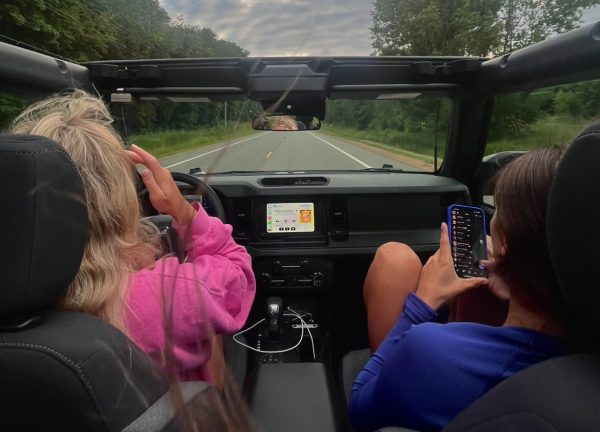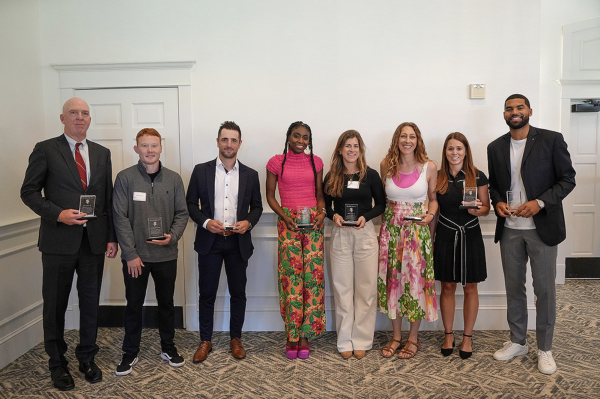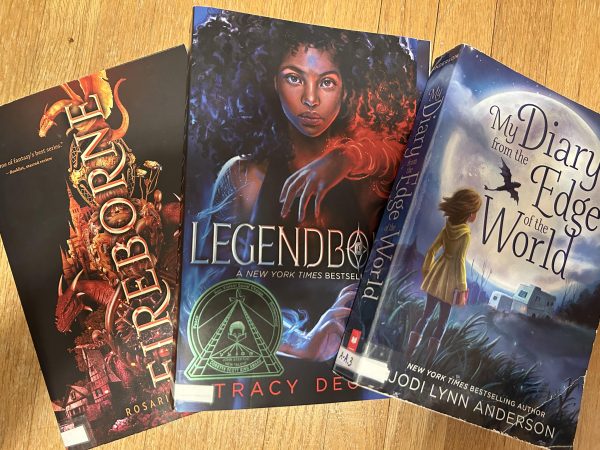Biomedical Science Classes go on first-ever field trip
Photo Courtesy of Kirsten Hoogenakker
The biomedical students wait outside the U of M for their field trip.
November 15, 2017
For students who are curious about a medical career, Biomedical Science classes offer a great chance for them to learn more. The Biomedical Science Investigations Class had their first field trip this fall. Biomedical students were given the opportunity to go to the University of Minnesota Medical Center and talk to actual oncologists, learn about intermedial radiology, and practice sutures along with several other medically-related activities.
A lot of preparation went into planning this field trip. Ms. Kirsten Hoogenakker, teacher of Biomed II and III, taught at a Biomed summer camp for the Minnesota Institute for Talented Youth this past June. This experience encouraged Hoogenakker to have this field trip.
One stop on the Biomed field trip was the radiology oncology department. Hoogenakker wanted her students to become familiar with interventional radiology, as she thinks it is a really interesting field. “It’s a fairly new medical field, but [it] has incredible possibilities. Not a lot of people know about it, so I think [our students] were excited to chat with some students [in that field],” Hoogenakker said.
Students then had the opportunity to do a mock laparoscopic surgery, where one person held a laparoscopic camera, while the other performed the simulated procedure in a cardboard box. “It was so hard; I give them major credit for that because my arms were cramping up after five minutes and [real surgeons] do this for hours with impeccable precision,” senior Felisha Fox said.
The field trip also included a visit to the Experimental Surgical Services. Students got the opportunity to watch dye get injected into a sedated patient’s brain. His brain was projected on a scan and they were able to clearly see his tumor.
Students also got to practice suturing on pigs’ rear ends. “[It] was strange, but good practice,” junior Frannie Scherer said.
You’re never going to learn from an article or from hearing people’s experiences. You need to experience it for yourself to see what you really like.
— Felisha Fox
Both Fox and Scherer agreed that the Experimental Surgical Services was their favorite part of the field trip. It gave them a real hands-on medical experience and helped them determine what parts of the medical field they like and dislike. “You’re never going to learn from an article or from hearing people’s experiences. You need to experience it for yourself to see what you really like,” Fox said.
Lastly, at lunch, the Biomed students got the opportunity to speak to an admissions counselor from the University of Minnesota’s medical school. She talked about what medical schools look for in applications, and the importance of research and experience to gain an edge on other applicants. “That will be really helpful for planning my summers, and figuring out what I need to do from this point on to help give me a better chance to get into medical school,” Scherer said.











































